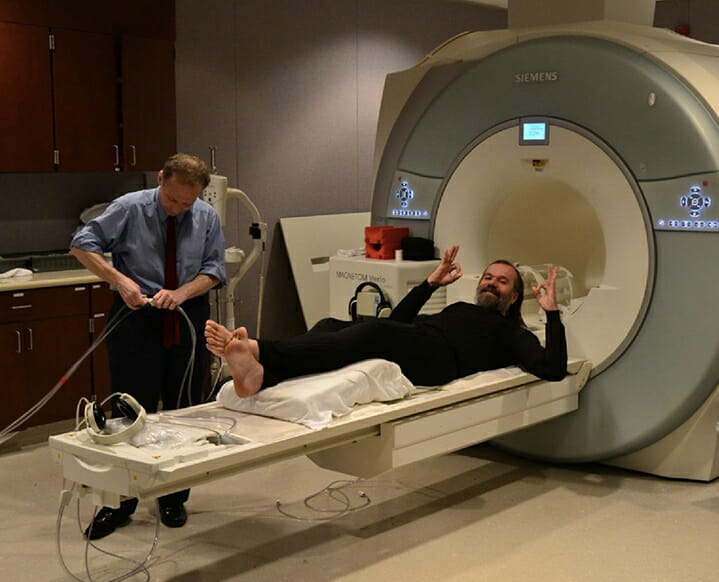
We’re talking to top Functional Medicine doc, former TCM Guest Editor, and the author of the new Young Forever, Dr. Mark Hyman about all things longevity.
There’s no more buzzy topic in wellness currently, and that’s because we’re progressing so quickly in our knowledge thanks to a myriad of new studies and technologies. In the second instalment of our two-part series with Dr. Hyman, you’ll learn the five remaining hallmarks of aging with a focus on energy, gut health and inflammation.
In last week’s article, we began our discussion on the hallmarks of aging. I covered the first five hallmarks—what they are and how to overcome them so you can stay younger longer.
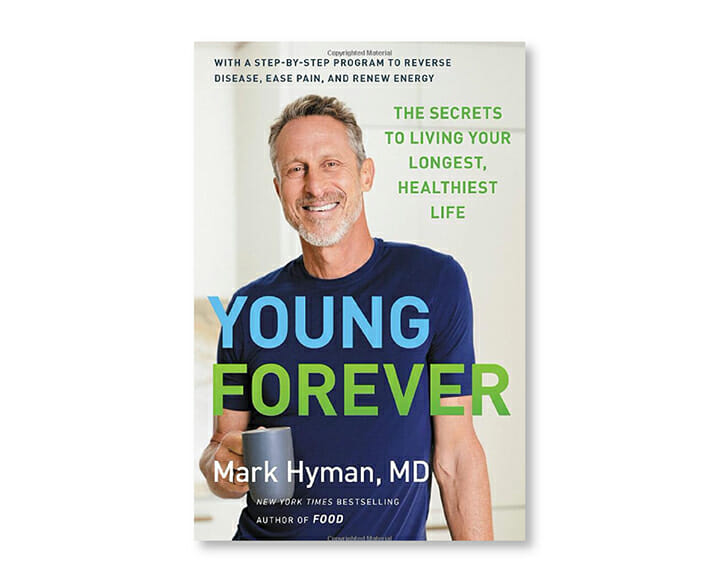
The Hallmarks Of Aging — Part Two
This week, I’m covering the remaining five hallmarks of aging and how to reclaim your energy. Let's dive in!
06 | Senescent Cells
Typically, when cells become old or damaged, they go through programmed cell death, a process called apoptosis. This vital process helps clean out or recycle the old junk to make new, fresh cells. However, sometimes cells just don’t die. We call this cellular senescence or zombie cells. Cell senescence occurs naturally and increases as we age, but it can also increase from lifestyle factors such as a high-starch and sugar diet, excess stress, exposure to toxic chemicals, and more. (Luckily, we can mitigate most of these!)
Over time, these zombie cells wander our bodies secreting pro-inflammatory cytokines that can begin to cause damage to nearby cells and contribute to things like high blood pressure, diabetes, and dementia. In fact, cellular senescence can accelerate nearly every age-related disease.
One of the best ways to combat zombie cells is to engage in periodic fasting. Fasting deactivates mTOR, a requirement for autophagy, and activates SIRT1, a gene that prevents cells from turning into zombies in the first place.
Exercise is another great option when it comes to fighting senescent cells. Resistance exercise causes slight tears in the muscle tissue, which is why you might feel sore the day after lifting weights. Heavily working muscle groups causes muscle breakdown and inflammation. In response, immune cells migrate to the site where repair is needed, wiping away any zombie cells while they’re at it.
07 | Depleted Energy
Mitochondria are organelles found in literally every cell in your body. You probably remember your middle school science teacher referring to them as the cell’s “powerhouse”—because that is exactly what they are. They generate most of the energy your body needs to function.
As we age, however, mitochondrial DNA mutations accumulate, free radicals increase, and mitochondria drop in number and functioning, especially as we lose muscle. This leads to an overall decline in energy as we get older.
 But there is a lot you can do to support healthy mitochondria and reverse age-related energy decline. These include:
But there is a lot you can do to support healthy mitochondria and reverse age-related energy decline. These include:
+ Focusing on eating a healthy diet. Include lots of antioxidants, healthy fats like avocados and olive oil, moderate amounts of protein, and plenty of micronutrients.
+ Practicing calorie restrictions like time-restricted eating or intermittent fasting. These practices act as stress signals for your body that trigger healthy adaptations like eliminating damaged cells and producing new mitochondria.
+ Regulate your light exposure. Turn off screens and devices leading up to bedtime, and make it a priority to get light exposure first thing in the morning—and natural sunlight if you can.
+ Develop an exercise routine that includes high-intensity interval training and strength training. Small or big, any addition of movement into your current routine can do your mitochondria good.
+ Use supplements. The foods you eat today are not as nutrient-dense as they once were. Even with the perfect diet, you may be lacking in certain nutrients. Working with your doctor to add supplements like Ubiquinol (CoQ10), Resveratrol, and L-carnitine to your daily regimen can help promote healthy mitochondria.
08 | Poor Gut Health
Over 1,500 years ago, Hippocrates—known today as the “father of medicine”—said that “all diseases begin in the gut.” With the advances in science and medicine we have at our fingertips today, we’ve confirmed his suspicion: many metabolic and chronic conditions can and do arise from unhealthy gut microbiomes.
The microbes in your gut have many important roles, but one of the most important when it comes to longevity is preserving your gut lining. Unfortunately, there are things in our modern lifestyle and diets that can damage our gut lining and destroy our beneficial bacteria. This is a big problem because a damaged gut lining can allow toxins, unwanted substances, harmful bacteria or viruses, and other particles into your bloodstream that would otherwise be neutralized and discarded as waste. We call this “leaky gut.”
Leaky gut has been associated with nearly every chronic condition, and it’s quite likely that it affects nearly every one of us to some degree. That’s the bad news—but the good news is it’s in our power to change for the better. For example, you can reduce or eliminate from your diet things that damage your gut—what I call “biome-busters.” These include alcohol, sugar, and gluten.
On the other end of the spectrum are what I call “biome-builders”: gut-healing foods your good bugs love. You can promote healthy “good” gut bacteria by working on adding foods like fiber, veggies, prebiotics, and probiotics to your diet.
 09 | Stem Cell Exhaustion
09 | Stem Cell Exhaustion
We are all familiar with how stem cells work, even if we don’t realize it. How does your skin heal after a cut? Stem cells are recruited and secrete healing and growth factors that trigger your body into repair and renewal. It’s miraculous. Starfish and salamanders can grow new limbs. Even our own livers can grow back after 90 percent has been removed.
Everywhere in our tissues and in our bone marrow, we produce stem cells. But as we age, our stem cells age too. They become less able to repair and renew our cells, tissues, and organs.
As with all other hallmarks of aging, the decline in our stem cell function is caused in large part by our exposome—our diet, exercise, sleep, stress, environmental toxins, allergens, and microbes, all things we have control over. Exciting innovations in regenerative medicine—including stem cell therapy and plasma rejuvenation, can help us address the aging of our stem cells. But with the right exposome modifications available to us all, they may not even be necessary.
10 | Inflammaging
All the other hallmarks play a role in this final hallmark of aging: a dysfunction in immune functioning called inflammaging.
As a Functional Medicine doctor, I often think of myself as an “inflammologist.” The key is not to shut down the inflammation or the inflammatory response but to balance inflammation (some inflammation is a good thing!) by removing the root causes.
The primary driver is our modern diet. It is pro-inflammatory, high in sugar and starch, low in fiber, awash in refined oils, nutrient-poor, and phytonutrient-depleted. In other words, it’s a perfect recipe for disease, inflammation, and aging. This diet also harms our microbiome, driving leaky gut. Since most of our immune system is in the gut, this is a big contributor to inflammation.
Add to that the load of manmade chemicals in our food, water, air, and household cleaning and personal care products, our exposure to mercury in fish and dental fillings, lead in the environment from leaded gas (still in our soil) and leaded paint, heavy metals and particulate pollution from coal-burning plants, and arsenic in food and water, and we have a perfect storm for inflammation. Even psychological stress and lack of sleep, a product of our overworked, under-loved culture, drives inflammation.
The good news is that limiting inflammation and activating our anti-inflammatory pathways is not hard to do. By following an anti-inflammatory diet, activating the longevity switches with time-restricted eating and phytochemicals, using hormesis (“good” stress) to activate our body’s innate healing systems, exercising, reducing stress, getting good sleep, avoiding and eliminating environmental toxins, and optimizing our microbiome, we can create the optimal environment for our bodies to survive and thrive.
I realize that I’ve given you a lot of information in the last two weeks. But the hallmarks of aging are a huge topic, and we’ve just scratched the surface. If you want to learn even more about the hallmarks of aging and how to combat them, I’d encourage you to order a copy of my new book, Young Forever.
Is longevity a major focus in your life? Did anything surprise you in this series? Let us know in the comments!
The post The Hallmarks Of Aging With Young Forever Author Dr. Mark Hyman (Part Two) appeared first on The Chalkboard.
from The Chalkboard https://ift.tt/smlVoPR
via
IFTTT
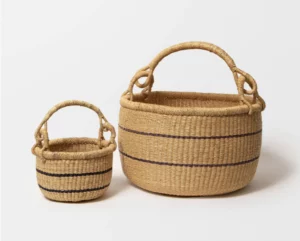
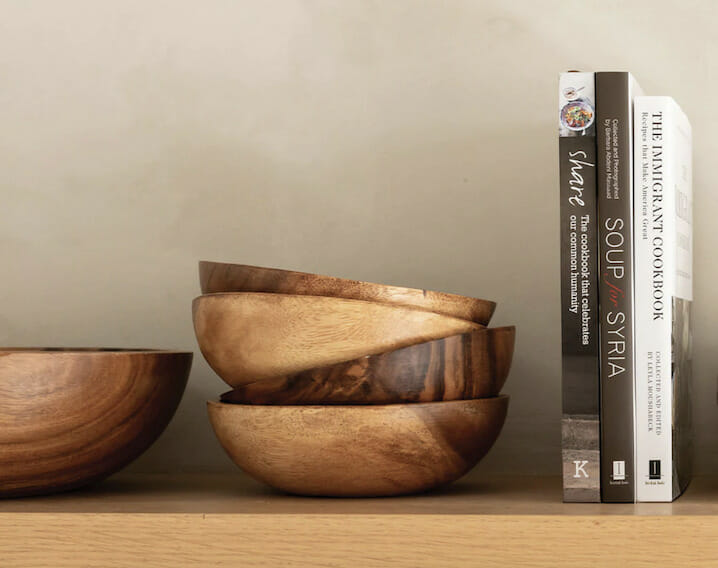
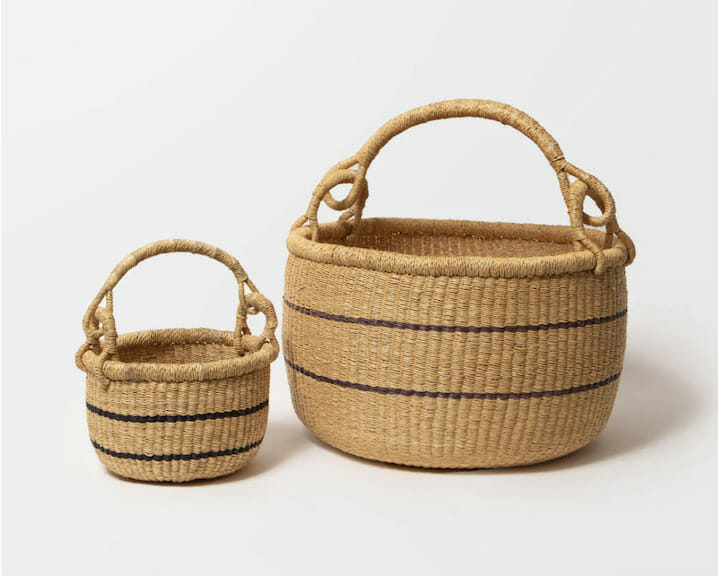
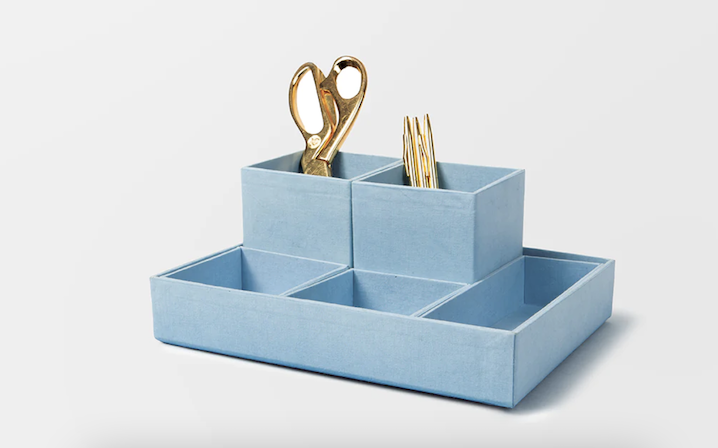
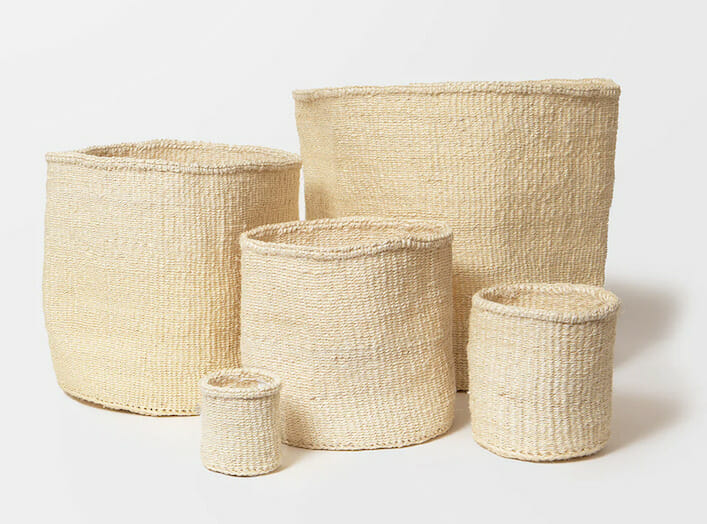
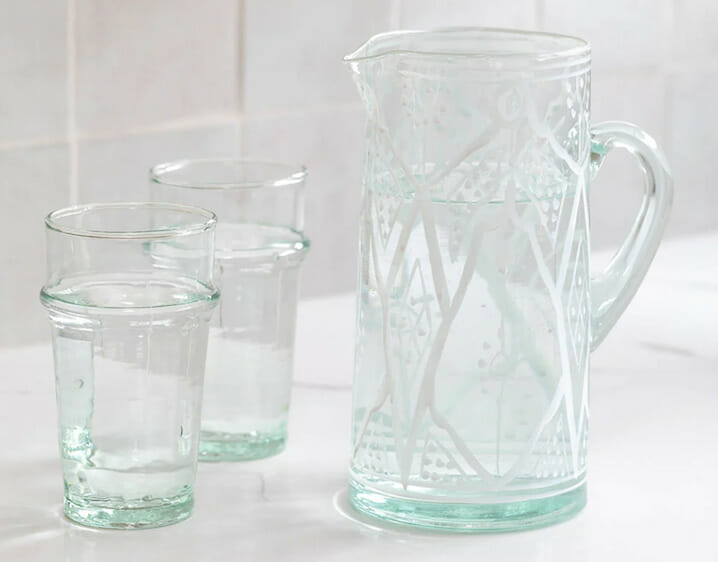
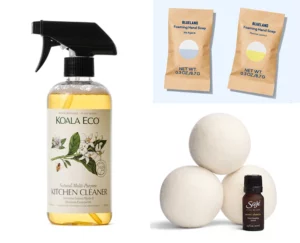
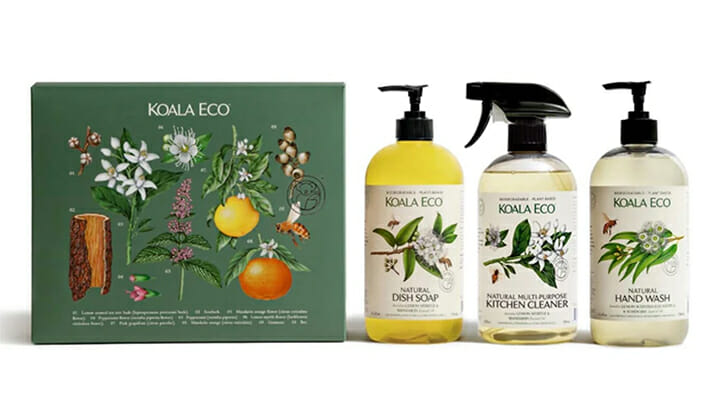

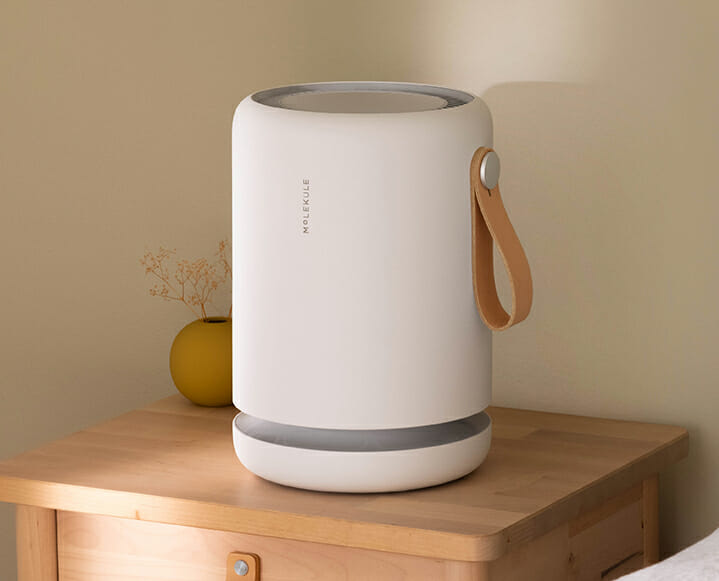


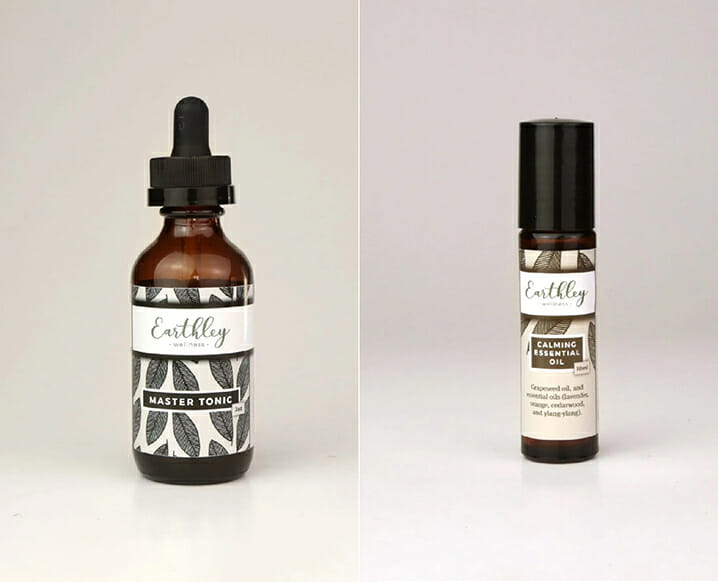
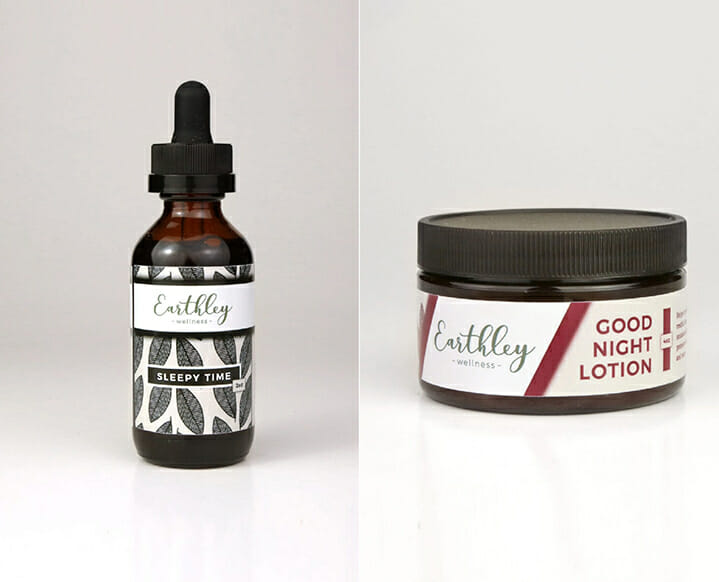

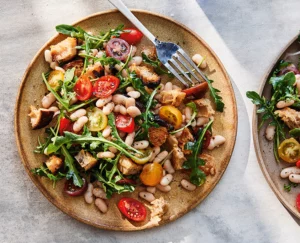
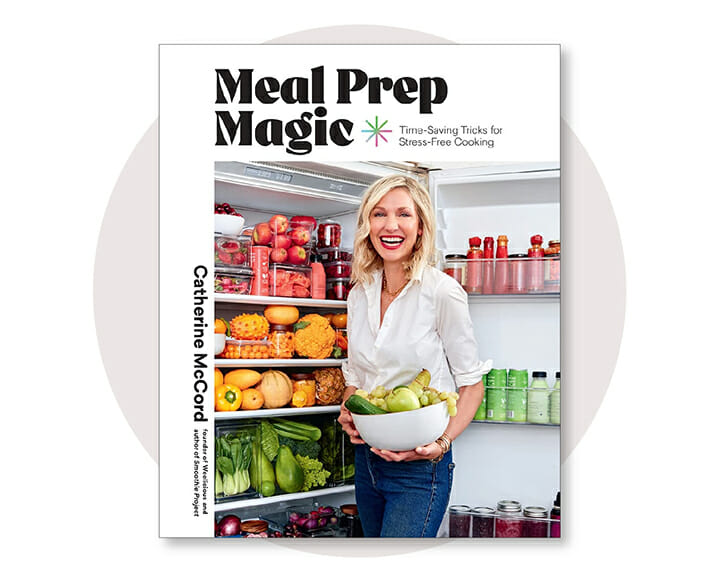


 But there is a lot you can do to support healthy mitochondria and reverse age-related energy decline. These include:
But there is a lot you can do to support healthy mitochondria and reverse age-related energy decline. These include:


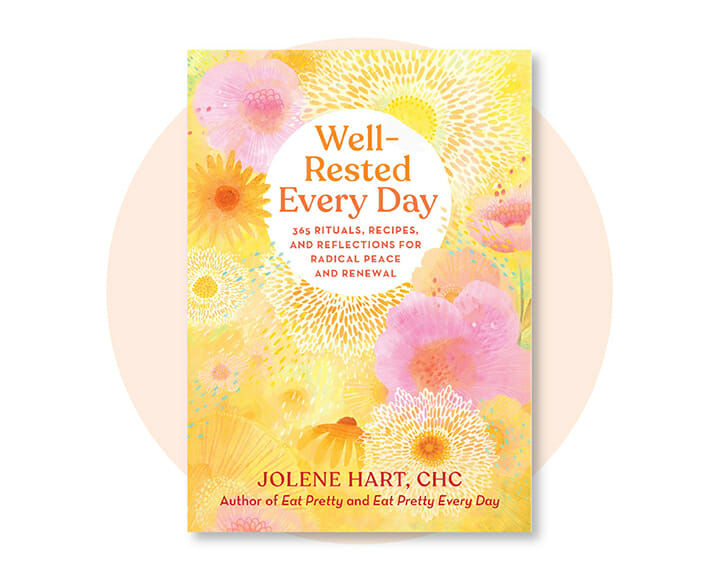

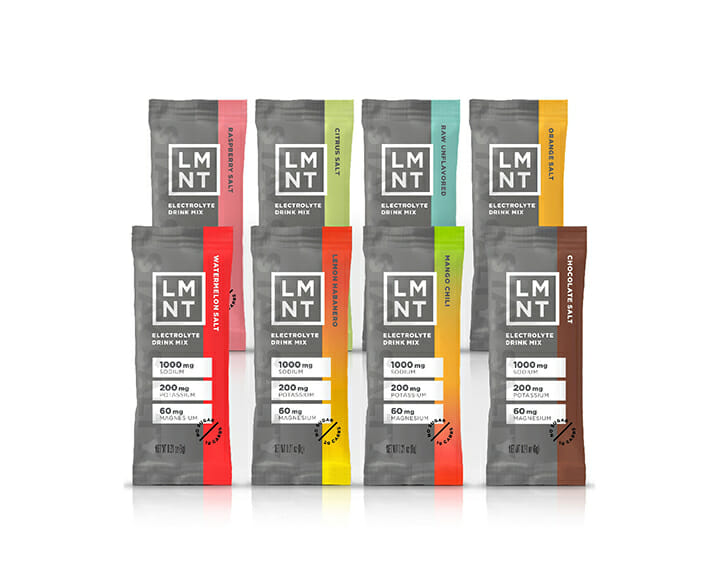
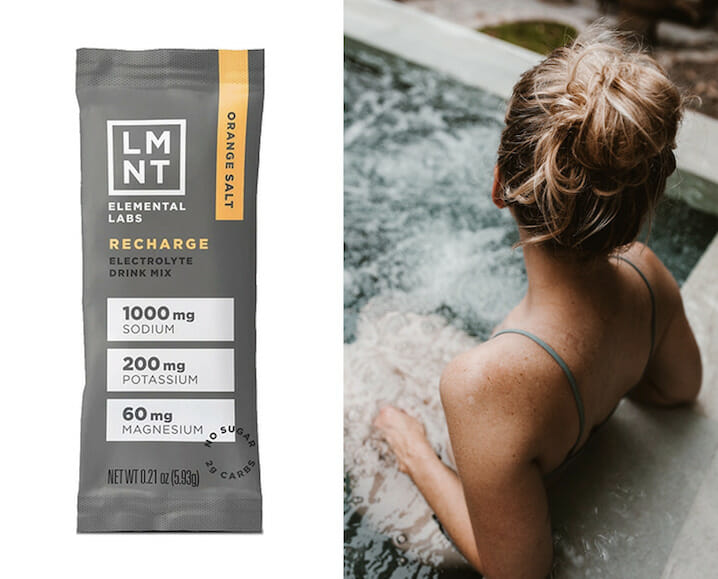





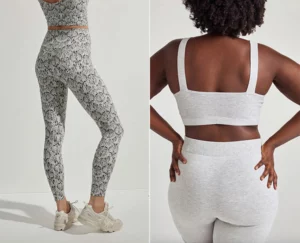


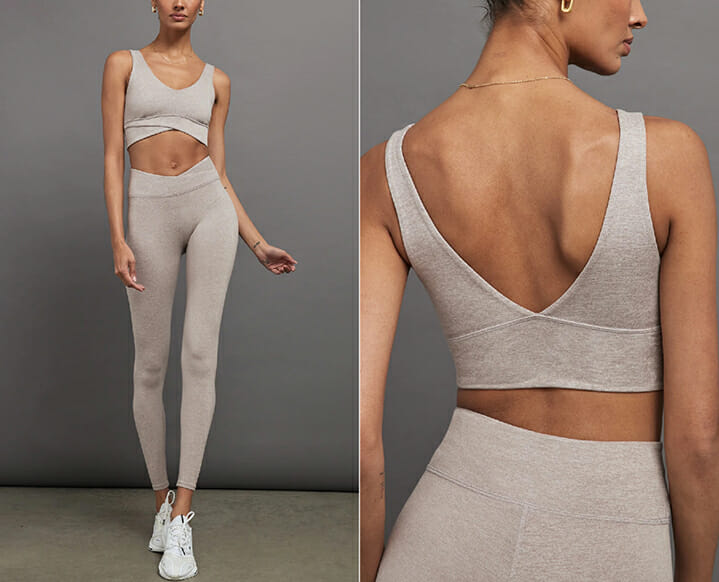
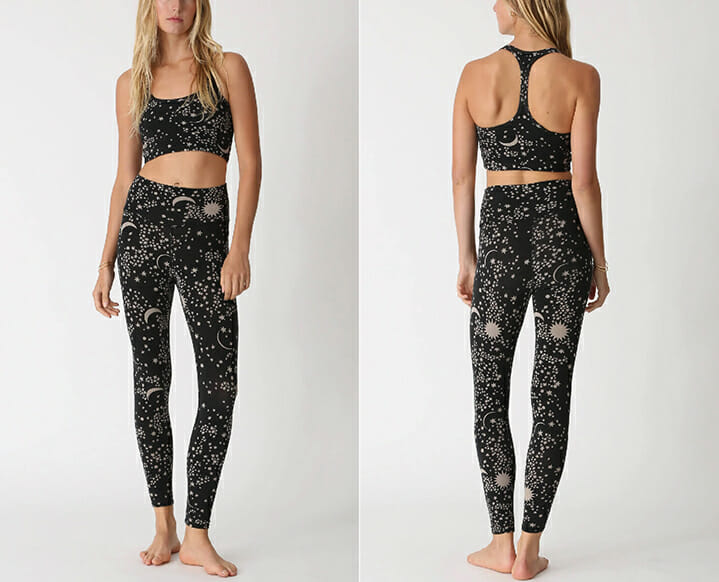
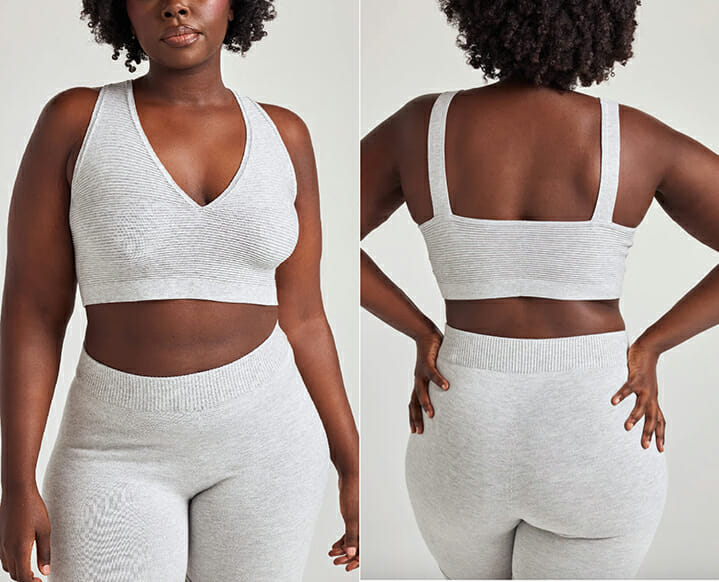
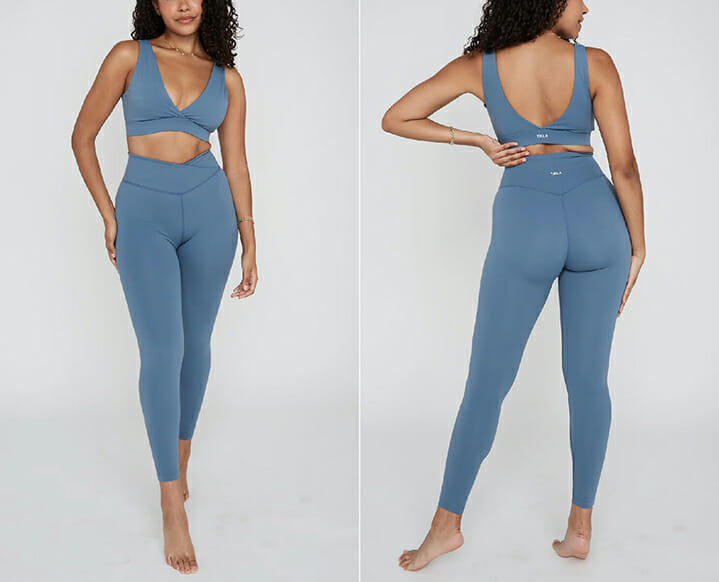
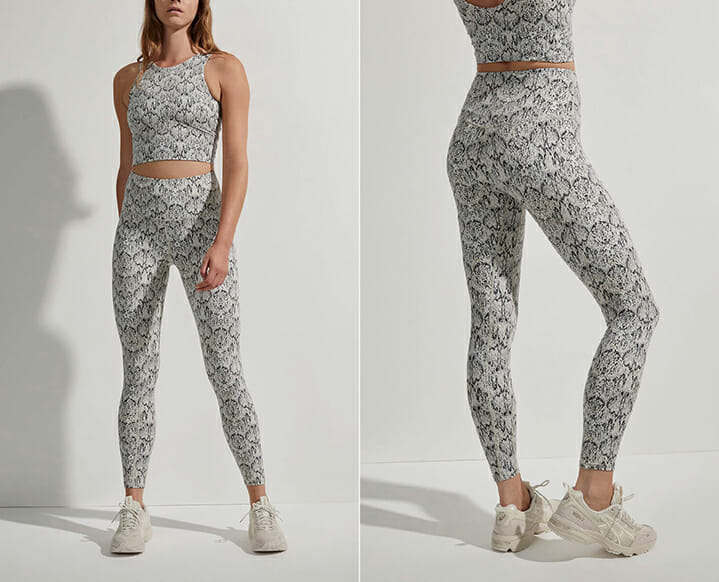

 While jumping in an ice bath or turning your shower all the way to the blue dot every so often will certainly produce some benefits, finding your way to all three pillars of the WHM promises:
While jumping in an ice bath or turning your shower all the way to the blue dot every so often will certainly produce some benefits, finding your way to all three pillars of the WHM promises: